Implementing Combined Heat and Power Projects
CHP reduces the environmental impact of power generation by promoting the use of efficient, clean, and reliable approach to generating power and thermal energy from a single fuel source.
CHP can increase operational efficiency and decrease energy costs, while reducing the emissions of greenhouse gases, which contribute to global climate change.

Objective is to save time and money, reduce business risk and environmental impacts, and improve the power reliability of your facility in five steps:
o Qualification Determine whether CHP is worth considering at your facility
o Level 1 Feasibility Analysis Identify project goals and potential barriers. Quantify technical and economic opportunities while minimizing time and effort
o Level 2 Feasibility Analysis Optimize CHP system design, including capacity, thermal application, and operation. Determine final CHP system pricing and return on investment
o Procurement Build a CHP system according to specifications, on schedule and within budget
o Operation & Maintenance Maintain a CHP system that provides expected energy savings and reduces emissions by running reliably and efficiently

projects designed to meet specific operational needs and integrate seamlessly into existing mechanical and electrical systems
Economic suitability for CHP is based on current and future fuel costs and utility rates; planned new construction or heating, ventilation, and air conditioning (HVAC) equipment replacement; and the need for power reliability at the site.
CHP project economics are greatly affected by utility policies at the local state and federal level
The Technical Potential for CHP is based on the coincident demand of power and thermal energy. Power can include both electricity and shaft power, which can be used for mechanical purposes. Thermal demand can include steam, hot water, chilled water, process heat, refrigeration, and dehumidification. A CHP system can be designed to convert waste heat into various forms of thermal energy to meet different facility needs, including heating hot water in the winter and chilling water in the summer.
Operations and Maintenance $0.005/kilowatt-hour (kWh) – $0.015/kWh for maintenance, depending on type of equipment and operations and maintenance (O&M) procurement approach; possible cost for energy consultant to negotiate fuel purchase, depending on system size and in-house capabilities.
Benefits CHPs achieve efficiencies of 60 to 80 percent, compared to average fossil-fueled power plant efficiencies of 33 percent in the United States. These translate to:
• Reduced total fossil fuel use.
• Lower operating costs.
• Reduced emissions of regulated air pollutants.
• Reduced emissions of greenhouse gases.
• Increased reliability and power quality.
• Reduced grid congestion and avoided distribution losses.

CHP and biomass/biogas funding opportunities
Financial incentives, such as grants, tax incentives, low-interest loans, favorable partial load rates (e.g., standby rates), and tradable allowances.
Regulatory treatment that removes unintended barriers to CHP and biomass project development, such as standard interconnection requirements, net metering, and output-based regulations.
State and federal incentives applicable to CHP systems, such as direct financial incentives or favorable regulatory treatment.
Find out if your facility is a good candidate for CHP








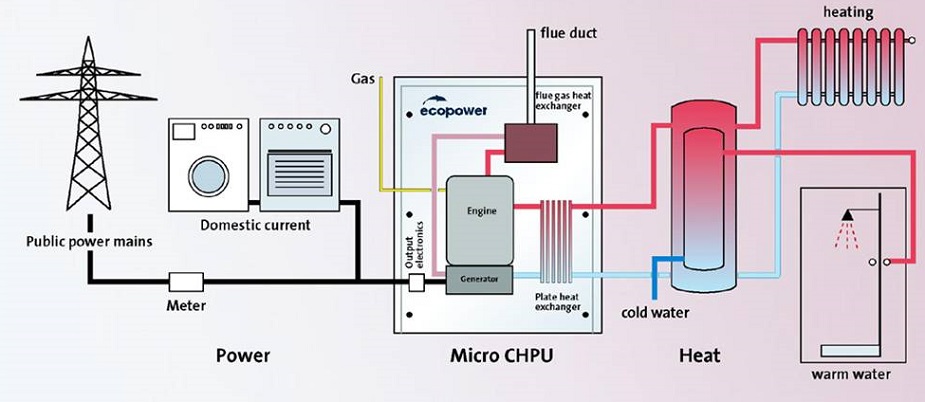




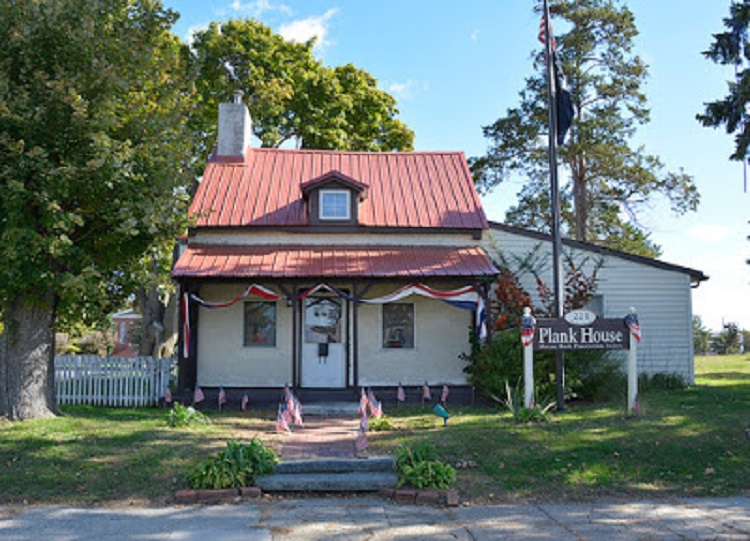
 Negli Stati Uniti vi sono attualmente 85mila proprieta’ storiche, per lo piu’ inserite in circa 13.500 distretti storici, nonche’ 9.500 strutture attualmente non in uso ma elegibili
Negli Stati Uniti vi sono attualmente 85mila proprieta’ storiche, per lo piu’ inserite in circa 13.500 distretti storici, nonche’ 9.500 strutture attualmente non in uso ma elegibili Per Saperne di Piu’
Per Saperne di Piu’
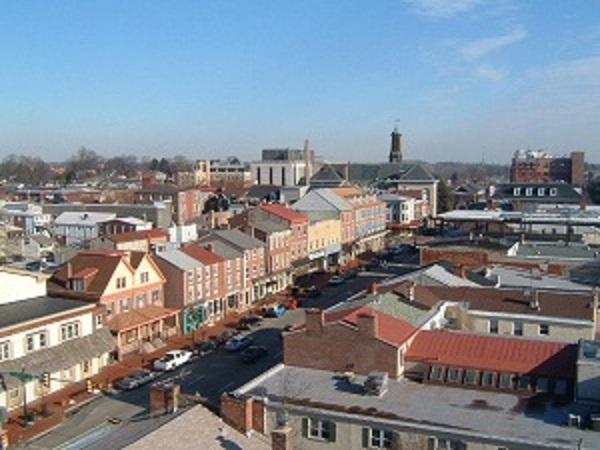
 ESAs are the Energy Efficiency Equivalent of a Power Purchase Agreement
ESAs are the Energy Efficiency Equivalent of a Power Purchase Agreement Energy Management for Small and Medium-sized Commercial Buildings
Energy Management for Small and Medium-sized Commercial Buildings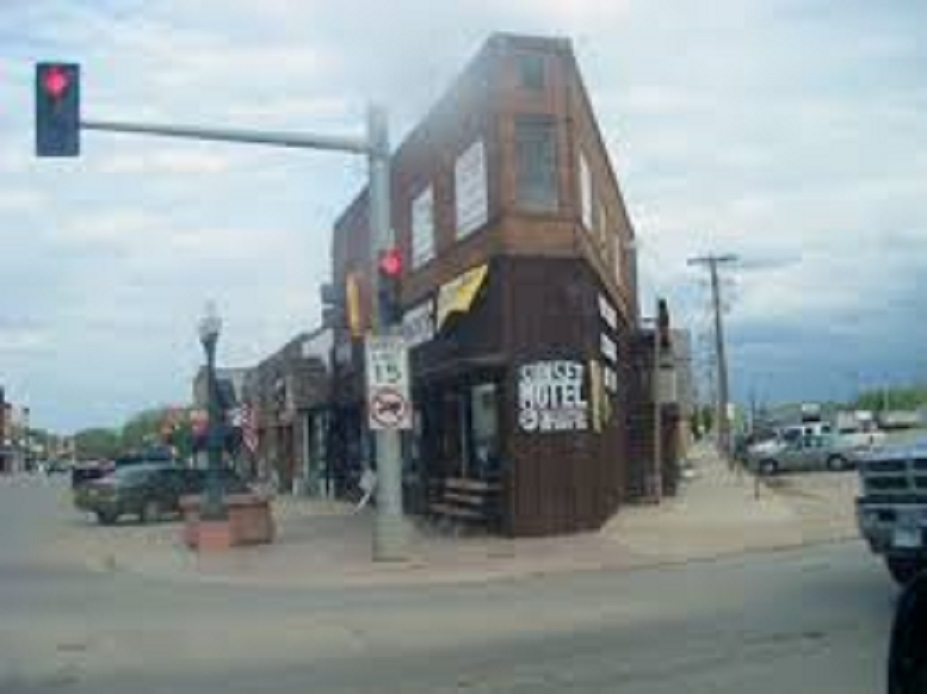 Benefits resulting from the application of ESAs include energy efficiency, water conservation, emissions reduction and streamlined contract funding for energy management projects, through access to private-sector expertise, built-in incentives to provide high-quality equipment, and project commissioning infrastructure improvements. Project management ensures building efficiency and new equipment without upfront capital costs as well as energy and related operation and maintenance cost saving guarantees.
Benefits resulting from the application of ESAs include energy efficiency, water conservation, emissions reduction and streamlined contract funding for energy management projects, through access to private-sector expertise, built-in incentives to provide high-quality equipment, and project commissioning infrastructure improvements. Project management ensures building efficiency and new equipment without upfront capital costs as well as energy and related operation and maintenance cost saving guarantees.

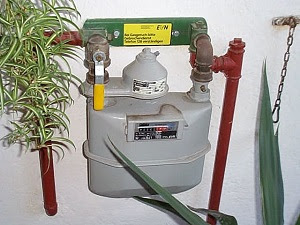 With the inception of electricity deregulation and market-driven pricing, utilities have been looking for a means to match consumption with generation. Smart meters provide a way of measuring site-specific information, allowing utility companies to introduce different prices for consumption based on the time of day and the season.
With the inception of electricity deregulation and market-driven pricing, utilities have been looking for a means to match consumption with generation. Smart meters provide a way of measuring site-specific information, allowing utility companies to introduce different prices for consumption based on the time of day and the season. Integrated Water Systems in Small Towns and Rural Communities. Smart Water Technology remote monitoring and control of water pipes and plants help reduce water distribution losses, improve smart energy use for water management and reduce maintenance costs.
Integrated Water Systems in Small Towns and Rural Communities. Smart Water Technology remote monitoring and control of water pipes and plants help reduce water distribution losses, improve smart energy use for water management and reduce maintenance costs.